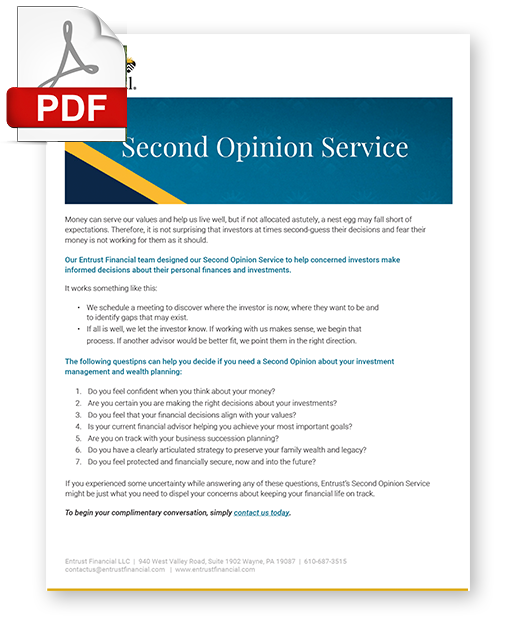Retirement Security in a Pandemic, Part One: Lead with savings

Part One of Three
Joslyn G Ewart, CFP® — July 14, 2020
 A nugget of wisdom that Warren Buffet has passed along more than once offers the perfect introduction to our discussion about retirement security: You only find out who is swimming naked when the tide goes out. In other words, any investor whose retirement plan was not formulated on a solid foundation was just faced with the truth during the pandemic-driven rapid market decline of March 2020.
A nugget of wisdom that Warren Buffet has passed along more than once offers the perfect introduction to our discussion about retirement security: You only find out who is swimming naked when the tide goes out. In other words, any investor whose retirement plan was not formulated on a solid foundation was just faced with the truth during the pandemic-driven rapid market decline of March 2020.
If you feel moments of insecurity about your retirement planning, just like millions and millions of other investors, this series: Retirement Security in a Pandemic was written for you.
Not only did alarm bells ring in the early spring because of the momentum of our economic slide into a recession, but all facets of financial insecurity were intensified by the spread of the first pandemic in over a century. This combination of investor insecurity plus pandemic alarm generated a whopping degree of fear. It goes without saying that fear does not contribute to your retirement security, regardless of whether your retirement is decades ahead in your future, around the corner, or you have already retired.
The purpose of this series is to introduce three fundamental components of retirement financial security that serve across the generations—pandemic notwithstanding. Whether you are a Generation Z, Millennial, Generation X, or Baby boomer, consider these three steps to ensure your retirement security:
Our focus today will be on lead with savings. As you read the material, I encourage you to consider how it applies to your personal situation. The more specifically you apply one of the concepts (nothing wrong with using an old fashioned lined tablet and your favorite pen to jot down your details), the more effectively you will be able to assess just how financially secure you are now and how secure you will likely continue to be even when the current pandemic becomes history.
Lead with savings
Simply stated this means to identify how much you need to save and invest—the dollar figure—and how often, so that your retirement savings goals are fulfilled within the timeframe you establish. Just as importantly, your nest egg must ultimately be sufficiently large to provide you with a comfortable income for a decades-long retirement. Many discovered when the pandemic hit that their retirement account appreciation goals were overly optimistic on the upside, or that their planning did not include a contingency strategy for the unexpected.
Not surprisingly, when a savings plan anticipates optimistic returns over time, the dollar value you need to save is less. Just how high your investment performance expectations are may depend upon your generation. For example, Capital Group research conducted in January of 2020 reported annual portfolio return expectations by generation¹:
- Gen Z 23%
- Millennials 12%
- Gen X 10%
- Baby boomers 8%
These expectations shifted slightly with the advent of the coronavirus. Capital Group’s research in March of 2020 showed:
- Gen Z 26%
- Millennials 15%
- Gen X 10%
- Baby boomers 7%
As you can see, both younger generations now anticipate higher investment results than previously. Gen X is unchanged, and Boomers now predict somewhat lower portfolio results. Reasonable return expectations are a vital component of retirement security and therefore will be addressed in depth in the third part of our series: Invest for the long-term.
No matter our generation as we aim for retirement security, ongoing success demands that we: 1) identify a retirement portfolio dollar value goal, 2) factor in the impact of investment appreciation and finally, 3) impose timelines with benchmarks to confirm that our planning is on track to serve us well. We also need to consider contingencies.
One example of a contingency strategy for those already retired is: When the capital markets experience a major downturn such as that triggered by the pandemic, rather than continuing to draw income from a declining portfolio of assets, turn to a non-fluctuating money market account from which to withdraw the monthly income you need. When capital markets again stabilize—which is often a matter of 12 to 18 months—then slowly replenish the money market account from which you withdrew funds so that it can serve you once again during a future market correction.
A parallel contingency strategy for those still building their retirement assets is to keep cash on the sidelines in a money market or cash account for unanticipated needs or expenses. When the unexpected happens, you can avoid derailing your retirement savings strategy by turning to your cash account rather than relying on debt or reducing your retirement plan contributions should you need extra funds.
As suggested at the outset, making the decision to Lead with Savings is a vital first step in the quest for retirement security. The second step requires us to identify our values and our goals. Stay tuned for expanded discussion regarding this next step as you aim to ensure that your retirement security stays on track, pandemic notwithstanding.












